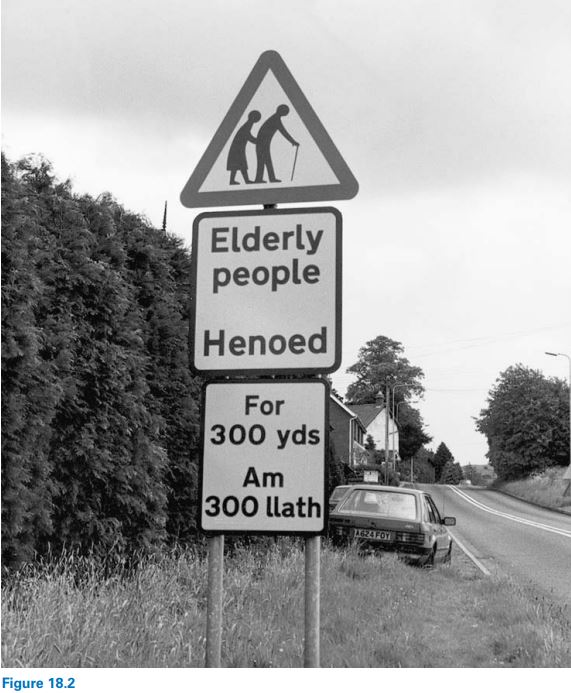

Grammar


Tenses


Present

Present Simple

Present Continuous

Present Perfect

Present Perfect Continuous


Past

Past Simple

Past Continuous

Past Perfect

Past Perfect Continuous


Future

Future Simple

Future Continuous

Future Perfect

Future Perfect Continuous


Parts Of Speech


Nouns

Countable and uncountable nouns

Verbal nouns

Singular and Plural nouns

Proper nouns

Nouns gender

Nouns definition

Concrete nouns

Abstract nouns

Common nouns

Collective nouns

Definition Of Nouns

Animate and Inanimate nouns

Nouns


Verbs

Stative and dynamic verbs

Finite and nonfinite verbs

To be verbs

Transitive and intransitive verbs

Auxiliary verbs

Modal verbs

Regular and irregular verbs

Action verbs

Verbs


Adverbs

Relative adverbs

Interrogative adverbs

Adverbs of time

Adverbs of place

Adverbs of reason

Adverbs of quantity

Adverbs of manner

Adverbs of frequency

Adverbs of affirmation

Adverbs


Adjectives

Quantitative adjective

Proper adjective

Possessive adjective

Numeral adjective

Interrogative adjective

Distributive adjective

Descriptive adjective

Demonstrative adjective


Pronouns

Subject pronoun

Relative pronoun

Reflexive pronoun

Reciprocal pronoun

Possessive pronoun

Personal pronoun

Interrogative pronoun

Indefinite pronoun

Emphatic pronoun

Distributive pronoun

Demonstrative pronoun

Pronouns


Pre Position


Preposition by function

Time preposition

Reason preposition

Possession preposition

Place preposition

Phrases preposition

Origin preposition

Measure preposition

Direction preposition

Contrast preposition

Agent preposition


Preposition by construction

Simple preposition

Phrase preposition

Double preposition

Compound preposition

prepositions


Conjunctions

Subordinating conjunction

Correlative conjunction

Coordinating conjunction

Conjunctive adverbs

conjunctions


Interjections

Express calling interjection

Phrases

Sentences


Grammar Rules

Passive and Active

Preference

Requests and offers

wishes

Be used to

Some and any

Could have done

Describing people

Giving advices

Possession

Comparative and superlative

Giving Reason

Making Suggestions

Apologizing

Forming questions

Since and for

Directions

Obligation

Adverbials

invitation

Articles

Imaginary condition

Zero conditional

First conditional

Second conditional

Third conditional

Reported speech

Demonstratives

Determiners


Linguistics

Phonetics

Phonology

Linguistics fields

Syntax

Morphology

Semantics

pragmatics

History

Writing

Grammar

Phonetics and Phonology

Semiotics


Reading Comprehension

Elementary

Intermediate

Advanced


Teaching Methods

Teaching Strategies

Assessment
Bilingualism and diglossia
المؤلف:
George Yule
المصدر:
The study of language
الجزء والصفحة:
244-18
7-3-2022
1525
Bilingualism and diglossia
In many countries, regional variation is not simply a matter of two (or more) dialects of a single language, but can involve two (or more) quite distinct and different languages. Canada, for example, is an officially bilingual country, with both French and English as official languages. This recognition of the linguistic rights of the country’s French speakers, largely in Quebec, did not come about without a lot of political upheaval. For most of its history, Canada was essentially an English-speaking country, with a French-speaking minority group. In such a situation, bilingualism at the level of the individual tends to be a feature of the minority group. In this form of bilingualism, a member of a minority group grows up in one linguistic community, mainly speaking one language (e.g. Welsh in Britain or Spanish in the United States), but learns another language (e.g. English) in order to take part in the larger dominant linguistic community.
Indeed, many members of linguistic minorities can live out their entire lives without ever seeing their native language appear in the public domain. Sometimes political activism can change that. It was only after English notices and signs were frequently defaced, or replaced by scribbled Welsh-language versions, that bilingual (English–Welsh) signs came into widespread use in Wales. Many henoed never expected to see their first language on public signs in Wales, as illustrated in the accompanying photograph, though they may wonder why everyone is being warned about them.

Individual bilingualism, however, doesn’t have to be the result of political dominance by a group using a different language. It can simply be the result of having two parents who speak different languages. If a child simultaneously acquires the French spoken by her mother and the English spoken by her father, then the distinction between the two languages may not even be noticed by the child. There will simply
be two ways of talking according to the person being talked to. However, even in this type of bilingualism, one language tends eventually to become the dominant one, with the other in a subordinate role.
A rather special situation involving two distinct varieties of a language, called diglossia, exists in some countries. In diglossia, there is a “low” variety, acquired locally and used for everyday affairs, and a “high” or special variety, learned in school and used for important matters. A type of diglossia exists in Arabic-speaking countries where the high variety (Classical Arabic) is used in formal lectures, serious political events and especially in religious discussions. The low variety is the local version of the language, such as Egyptian Arabic or Lebanese Arabic. Through a long period in European history, a diglossic situation existed with Latin as the high variety and one of the local languages of Europe (early versions of Modern Italian, French and Spanish) as the low variety or “vernacular”.
 الاكثر قراءة في Linguistics fields
الاكثر قراءة في Linguistics fields
 اخر الاخبار
اخر الاخبار
اخبار العتبة العباسية المقدسة

الآخبار الصحية















 قسم الشؤون الفكرية يصدر كتاباً يوثق تاريخ السدانة في العتبة العباسية المقدسة
قسم الشؤون الفكرية يصدر كتاباً يوثق تاريخ السدانة في العتبة العباسية المقدسة "المهمة".. إصدار قصصي يوثّق القصص الفائزة في مسابقة فتوى الدفاع المقدسة للقصة القصيرة
"المهمة".. إصدار قصصي يوثّق القصص الفائزة في مسابقة فتوى الدفاع المقدسة للقصة القصيرة (نوافذ).. إصدار أدبي يوثق القصص الفائزة في مسابقة الإمام العسكري (عليه السلام)
(نوافذ).. إصدار أدبي يوثق القصص الفائزة في مسابقة الإمام العسكري (عليه السلام)


















